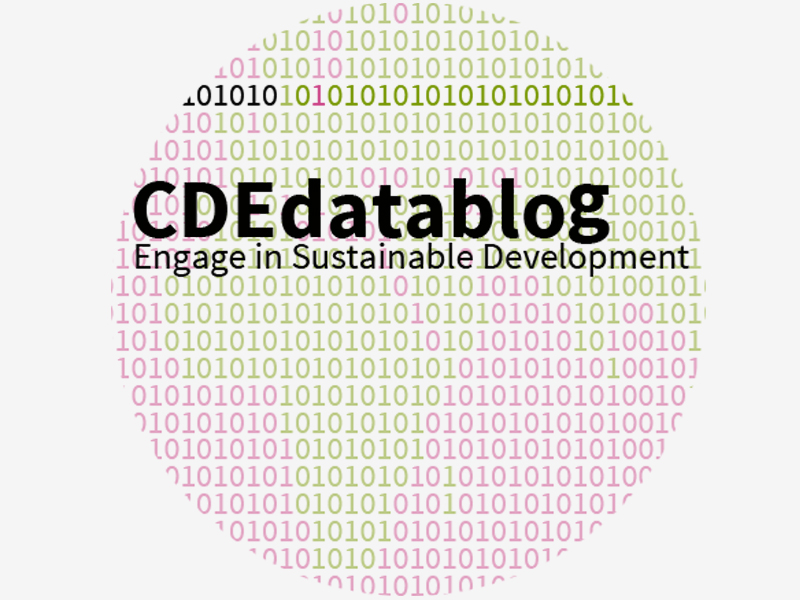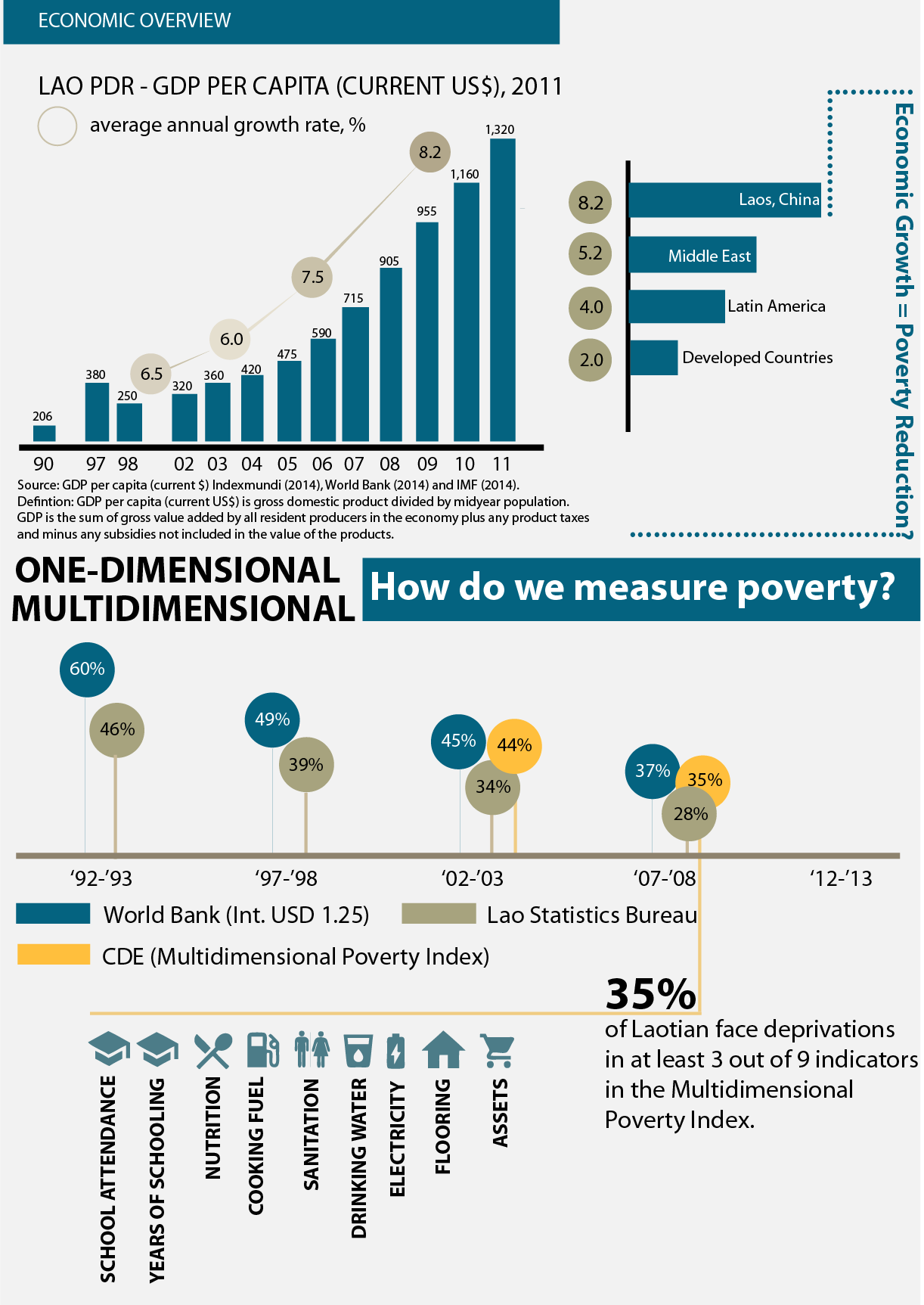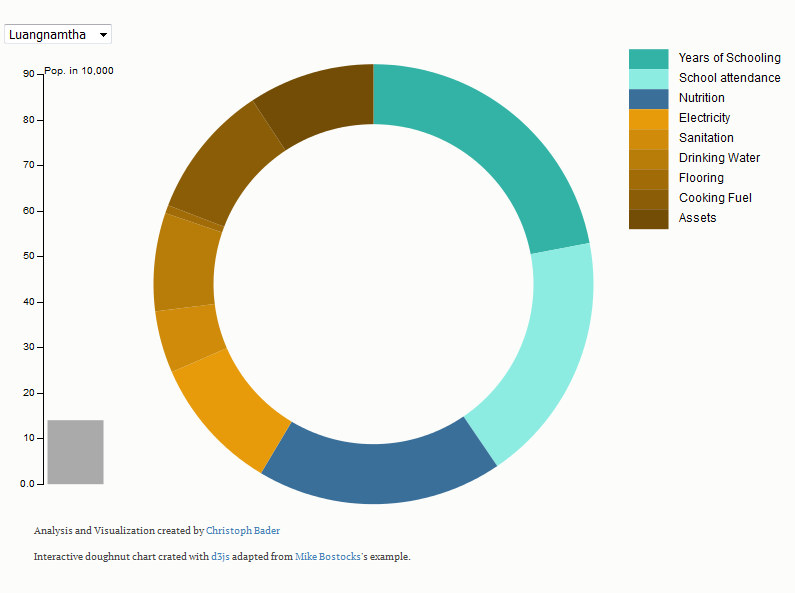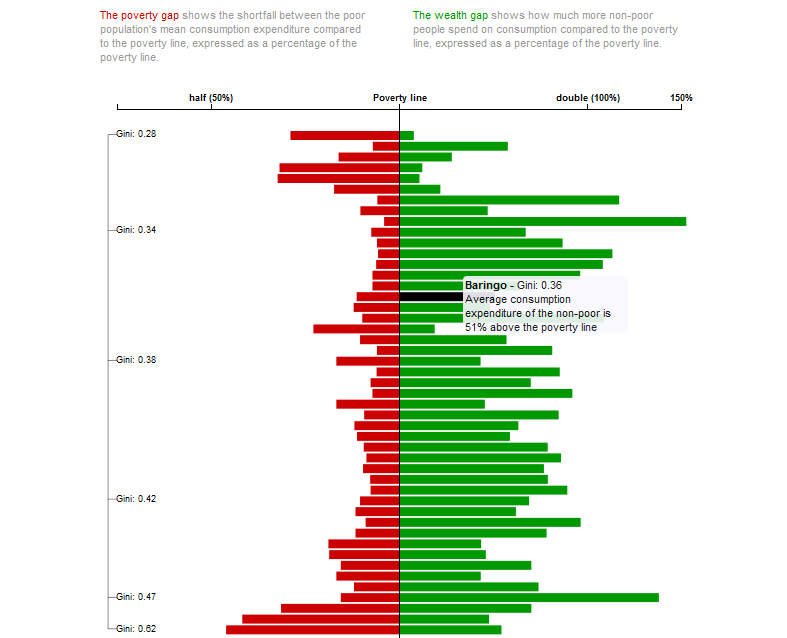How poor are the poor in Laos? New approaches to measure poverty – Part 1
What exactly constitutes poverty? When is a person considered poor, and how many poor people are there worldwide? Are certain population segements at greater risk of being poor than others? The goal of halven the proportion of people living below USD 1.25 a day within the MDG-agenda has been reached in September 2013. But has the living situation of the world’s poorest people really improved? In fact, our multidimensional poverty measure for Laos shows that social inequalities have increased, and that assessing poverty requires differentiated means of measurement
New approaches to measuring poverty
Until recently, measuring poverty usually meant examining economic indicators such as income or GDP per capita. According to this approach, Laos was very successful refering to an annual economic growth of over 7 percent and a four times higher GDP per capita compared to 2002. However, this approach is increasingly criticized beacuse it suggests that financial resources alone can cover poeple’s needs, while ignoring that basic needs such as education, adequate nutrition or health services may remain unaffordable or otherwise out of reach. In view of the Sustainable Development Goals (SDGs), a more differentiated way of assessing poverty and social inequalities must be developed. This would enable a better understanding of the causes of poverty, and provide a clearer picture of the reality experienced by the poor. Basically one have to depart from solely focusing on one dimension i.e. income or consumption and move towards a multidimensional perspective on poverty.
Based on the framework of Alkire and Santos 2010 we use a multidimensional poverty index (MPI) for Laos to analyse whether the benefits out of the recent economic growth were transformed into a multidimensional reduction of poverty. According to the capability approach (Amartya Sen and Martha Nussbaum), the MPI departs from measuring only the possibility of being e.g. adequately nourished (USD 1.25 a day measure) towards measuring the effective realization of basic human needs. The method’s core contribution is that it assesses both the percentage of people living in poverty as well as the intensity of poverty. The intensity of poverty describes the severity of poverty i.e. an intensity of 50% means that the individual faces deprivation in 50% of the indicators.
See Coding for more information how to create interactive graphs.
Further readings:
- A paper on multidimensional poverty in the Lao PDR in Social Indicators Research: Bader et al. 2015: A Different Perspective on Poverty in Lao PDR: Multidimensional Poverty in Lao PDR for the Years 2002/2003 and 2007/2008
- Working Paper from the Oxford Poverty and Human Development Institute (OPHI) on the methodology of the MPI: Alkire and Santos 2010: Acute Multidimensional Poverty: A New Index for Developing Countries






